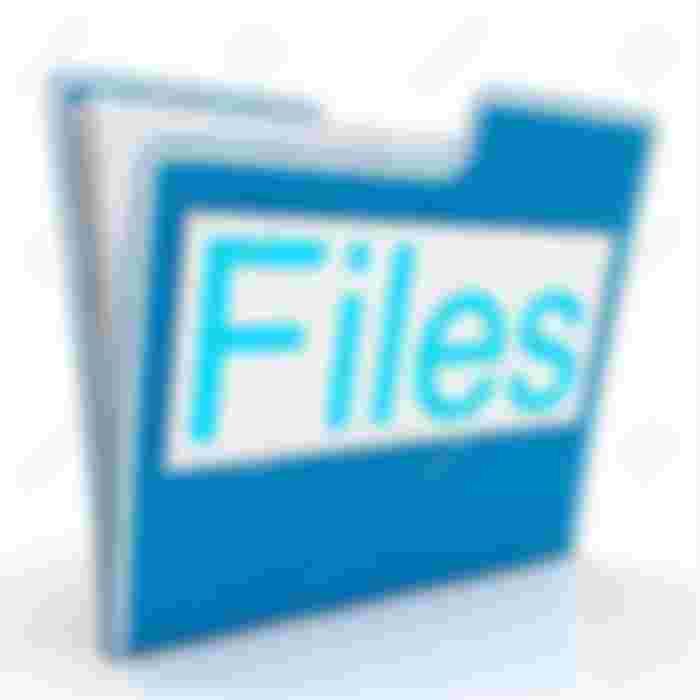Finding things when we need them can take a lot of time.

The trouble with most filing systems is that they are designed to store things rather than retrieve them. Unfortunately there is no magic retrieval system that requires very little work to maintain.
In setting up a filing system, first consider the cost of not having things we want to store, and then consider how quickly we are going to have to retrieve information when we want it. Next consider why we are going to want it.
Asking the questions why leads to two general answers.
First, we need things at particular time.Second, we need things for a particular purpose, usually for reference. Let's first consider filing things as a function of time and then filing things for a purpose.
If we are a person who does a lot of traveling, set up file folders for each trip and file the material for that trip in that folder. We can use the same process for meetings that we are going to have.
If we preach or speak, set up a number of file folders labeled with topics and, as we get ideas or information, drop them into those folders. If there are standard routines that we have to do as a homemaker, such as shopping list or a things to do, put that in a folder that will come up at a certain time of the week.
The most common filing done for a purpose is the filing of correspondence that we believe we are going to need for future reference. A common practice is to file letters alphabetically by the name of the person or organization originating them. This has a number difficulties associated with it.

First, it forces us to set up a file folder for every individual with whom we correspond.
Second, if the letter is also part of a particular project, we must make a copy and file it also under some subject heading.
Third, most of us are notoriously inaccurate when it comes to filing alphabetically.
Fourth, when we want a particular letter from an individual, we have to pull the entire file folder to search through it.
A better practice is to file correspondence in the sequence in which it arrives. Each piece of correspondence is given a file number. The assignment of file number is logged along with the name and the persons writing and receiving the letter and a brief of the subjects involved.
The correspondence is filled by number. The same log number is also recorded on a series of 3x5 cards which carry on one the name and address of the individual from whom to came and on others the subjects it treats.
When the time comes to retrieve the specific document in question, if we recall who wrote it. A quick reference to the originators file will quickly disclose file numbers in sequence by the date and subject, and the document that we need may be identified and easily pulled out of the file drawer.
If we recall only the approximate time of its receipt, a search of the log listing of numbers assigned at the time wild quickly identify the item by file number. Subject matter is also a means of file entry, if that is our basis of recall.

The advantages of this system are first, that filing time is invested at the storage end rather than retrieval end. Second, numerical filing is much more accurate than alphabetical filing. Third, much less file space is used. Fourth, the document may be recorded under as many different headings as are thought necessary for retrieved. Fifth, eventual disposal is facilitated. Sixth, if we file sequentially, microfilming of old documents becomes very practical because they can be photographed in sequence. The cost is minimal.
Good filing system can be immensely valuable. Poor ones can be pain in the neck. 😂
Thanks for reading 📖
Love lots ❤️


